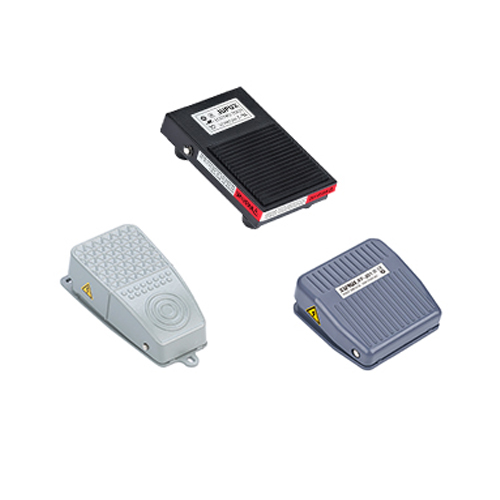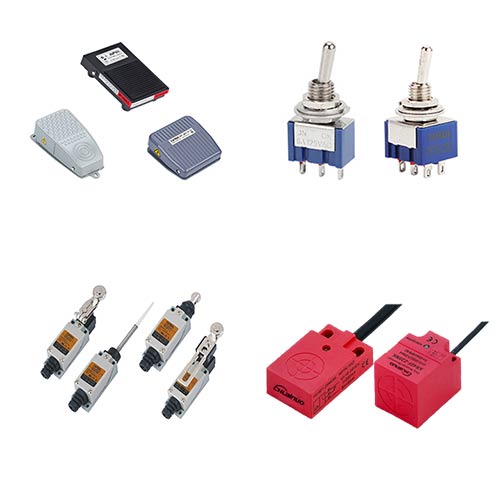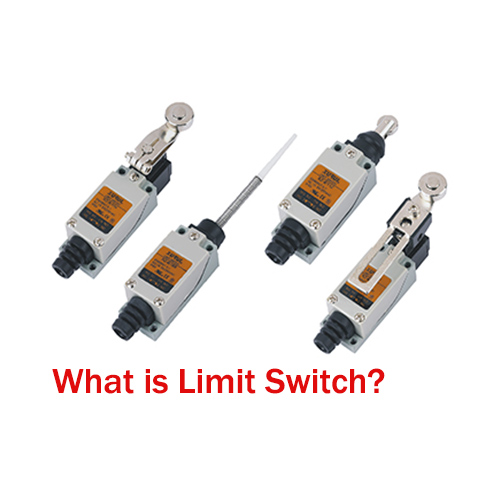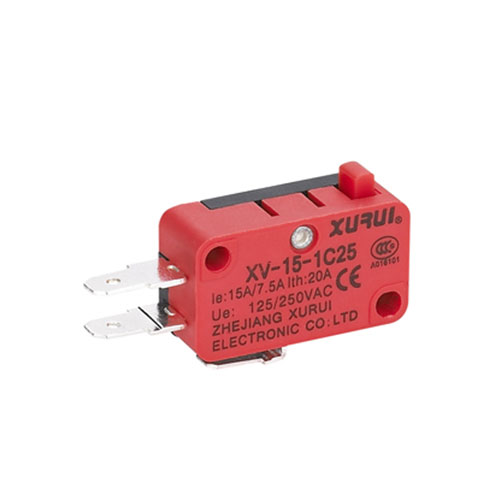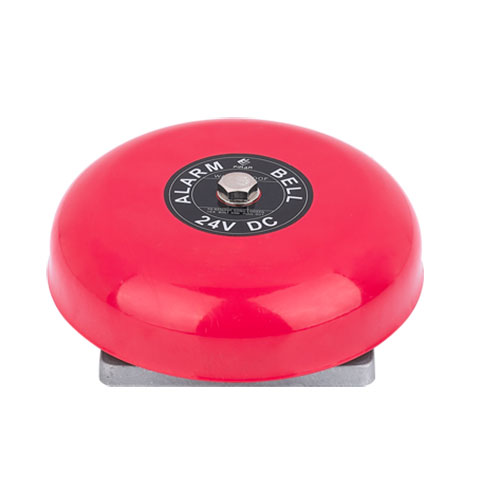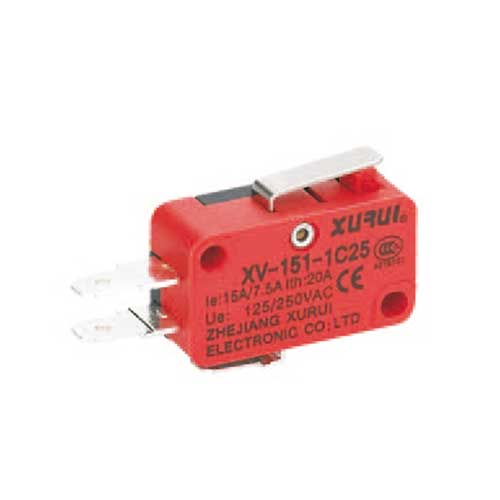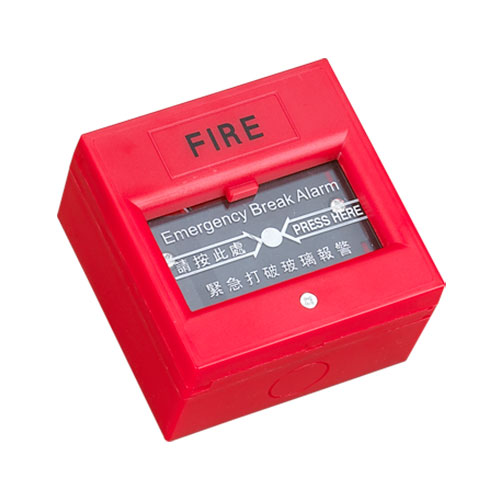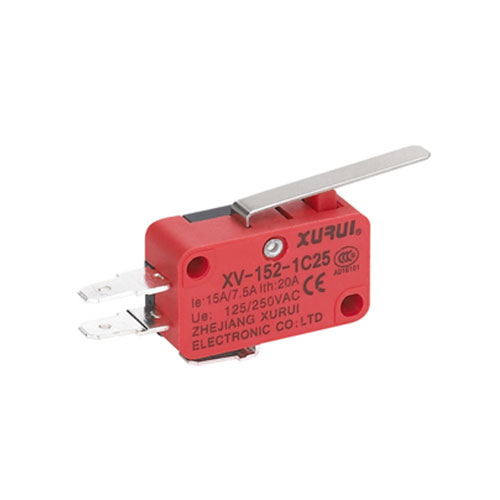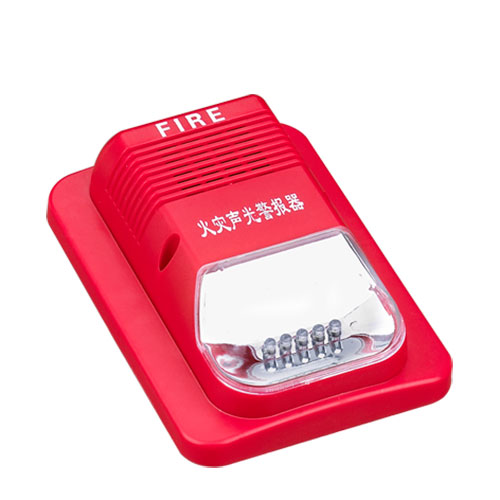A micro switch, or miniature snap-action switch, is a compact electrical component that responds to minimal physical force to open or close electrical circuits. Its lifespan, a critical measure of reliability, encompasses two key aspects: mechanical life and electrical life, each shaped by distinct mechanisms and influenced by various factors.
Mechanical Life
Mechanical life denotes the number of operational cycles a micro switch can endure without current passing through its circuit (dry cycling). This metric hinges on the robustness of its mechanical components: the resilience of the spring, the wear resistance of the actuator, and the structural integrity of the housing.
- Typical Range: High-quality micro switches often achieve 10 million to 100 million mechanical cycles.
- Key Drivers: Premium materials like hardened steel for actuators and high-tensile springs, combined with precision manufacturing, enable such longevity. For example, switches in automotive door locks—subjected to frequent daily use—rely on durable mechanical designs to maintain functionality over 10–20 million cycles.
Electrical Life
Electrical life refers to the number of reliable switching cycles when current flows through the circuit. It is generally shorter than mechanical life due to arcing between contacts during switching, which causes electrical erosion and contact degradation.
- Affected by: Current magnitude, voltage levels, and load type (e.g., resistive vs. inductive).
- Typical Range: 100,000 to 10 million cycles, with lower values common in high-power applications.
- Example: A micro switch in a low-voltage LED light fixture (12V, 0.5A) may last 5–10 million electrical cycles, while one in a 240V motor control circuit (5A) might only endure 100,000–500,000 cycles due to more intense arcing.
Factors Affecting Lifespan
1. Quality of Construction
Superior materials and craftsmanship directly boost lifespan. Contacts made of silver-cadmium oxide or gold plating resist corrosion and arcing damage. Precision-machined actuators and rugged thermoplastic housings (resistant to impact and heat) also extend durability. Conversely, switches with cheap brass contacts or flimsy springs fail prematurely.
2. Work Environment
Temperature: Excessive heat (above 85°C) accelerates insulation aging and weakens adhesives; extreme cold (below -40°C) can make plastics brittle.
Moisture & Contaminants: Humidity promotes contact rust; dust, oils, or corrosive gases (e.g., in industrial settings) clog mechanisms and degrade conductivity. Switches in clean, temperature-controlled environments (e.g., office equipment) outlast those in damp garages or chemical plants.
3. Frequency of Use
High-cycle applications—such as vending machine buttons (hundreds of cycles daily)—accelerate wear. A switch used 1,000 times daily may reach its mechanical limit in 27 years (10 million cycles), but one used 10,000 times daily will fail in under 3 years.
4. Maintenance and Care
Regular cleaning with compressed air removes dust; applying dielectric grease to contacts reduces arcing. Prompt replacement of worn actuators or corroded contacts prevents cascading damage. Neglect, such as allowing debris to accumulate, can halve a switch’s lifespan.
Conclusion
The lifespan of a micro switch is a dynamic interplay of mechanical and electrical durability, governed by construction quality, environment, usage frequency, and maintenance. By selecting switches tailored to application demands and adhering to proper care, users can maximize their operational life, ensuring consistent performance in devices ranging from household appliances to industrial machinery.


